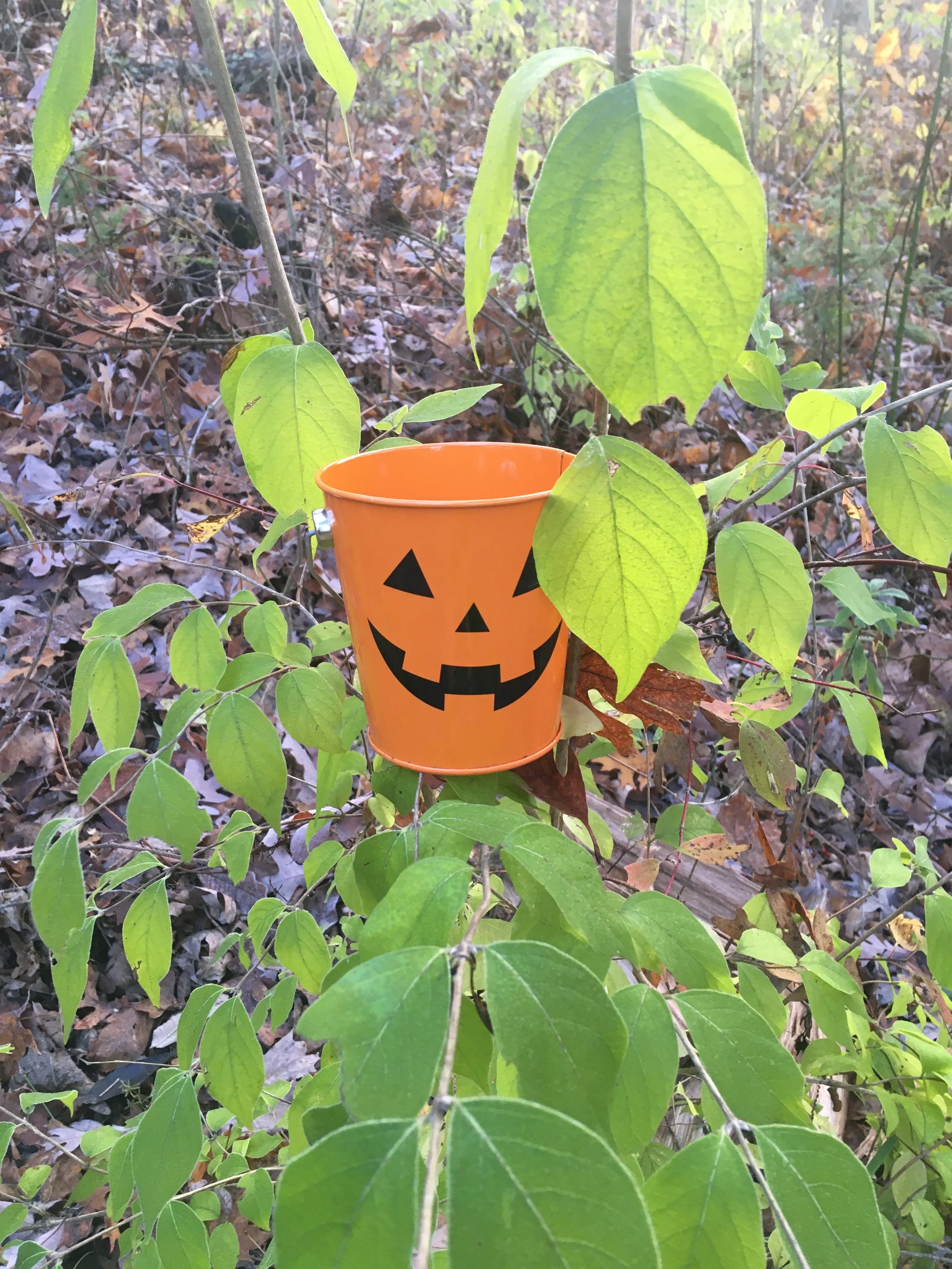At first glance, landscapes might appear stagnant in the winter. But there’s a lot going on in our gardens—we just can’t see it. During the winter, herbaceous perennials and woody shrubs and trees take action underground by growing their roots. That means winter is a vital season for plant health. To support native plants through the cold months, follow our garden winterization checklist.
Sign Up Now for Spring Landscape Design/Install
Our calendar for spring landscape design and installation is filling up fast! If you’re aiming to renovate or refresh your outdoor space this spring, we encourage you to get in touch and secure your spot on our calendar. We take an ecological approach to native landscaping, working with natural systems to support environmental, plant, and human health. Like a healthy ecosystem, our innovative landscape designs meet a variety of needs all at once. Learn more in this blog post.
Now Offering: Custom Honeysuckle Removal Packages for Your Yard!
6 Ways To Make the Most of Fall Leaves
Most of us have been taught to clear away fall leaves. But this wastes precious ecological resources that boost plant health, support pollinators, and help sustain local ecosystems. Read this post to learn about the benefits of fall leaves—along with six eco-friendly strategies to make the most of this natural resource.
5 Spooky Facts About Invasive Plants
Invasive plants are plants that exist in an area where they didn’t naturally evolve and that harm that region’s ecology, human health, and/or economy. A common example in our region is bush honeysuckle. This invasive now fills forest understories across Ohio, Kentucky, and other regions of the United States. That’s a big problem. In this post, we outline five spooky facts about invasive species that help explain why.










